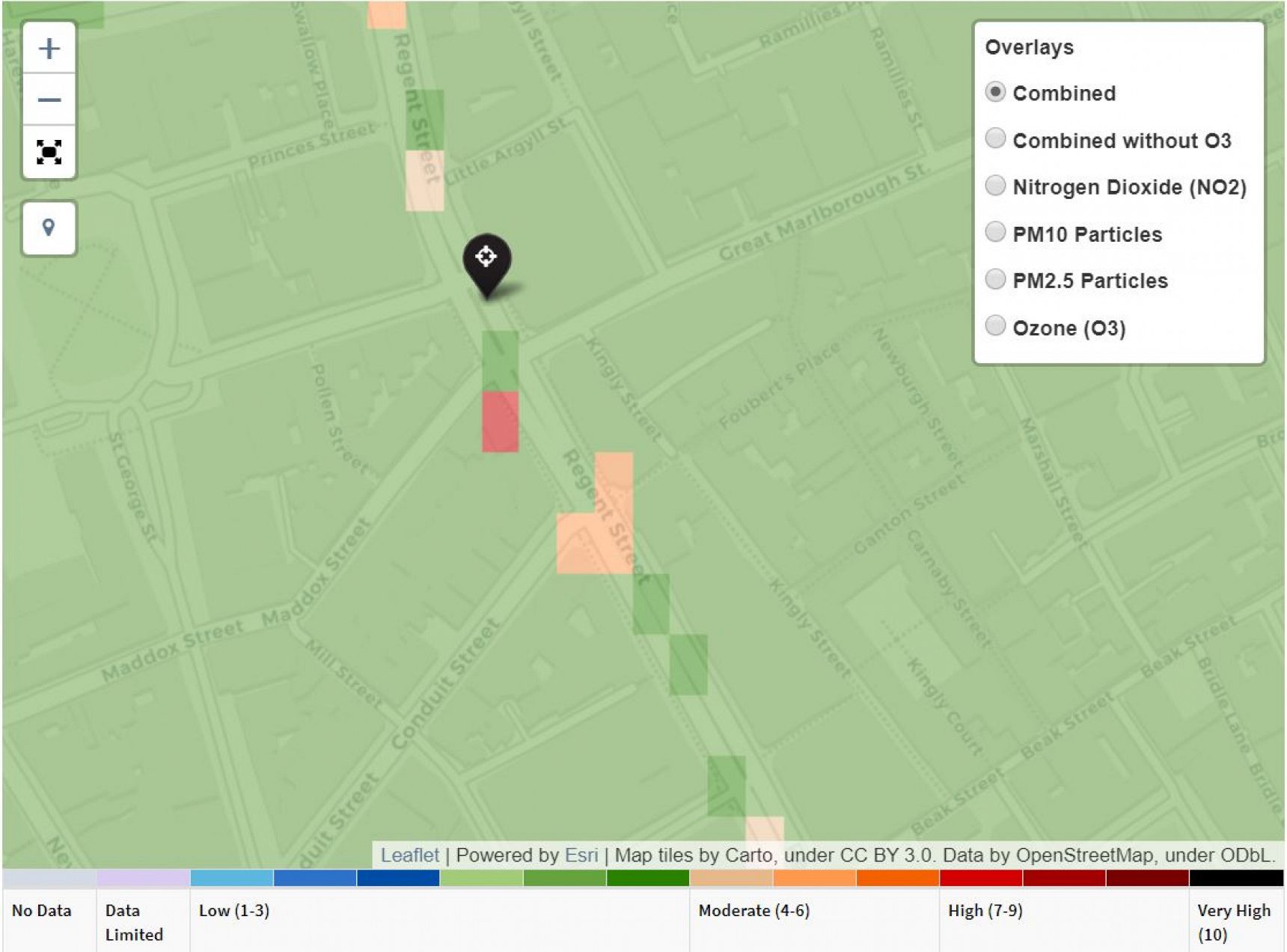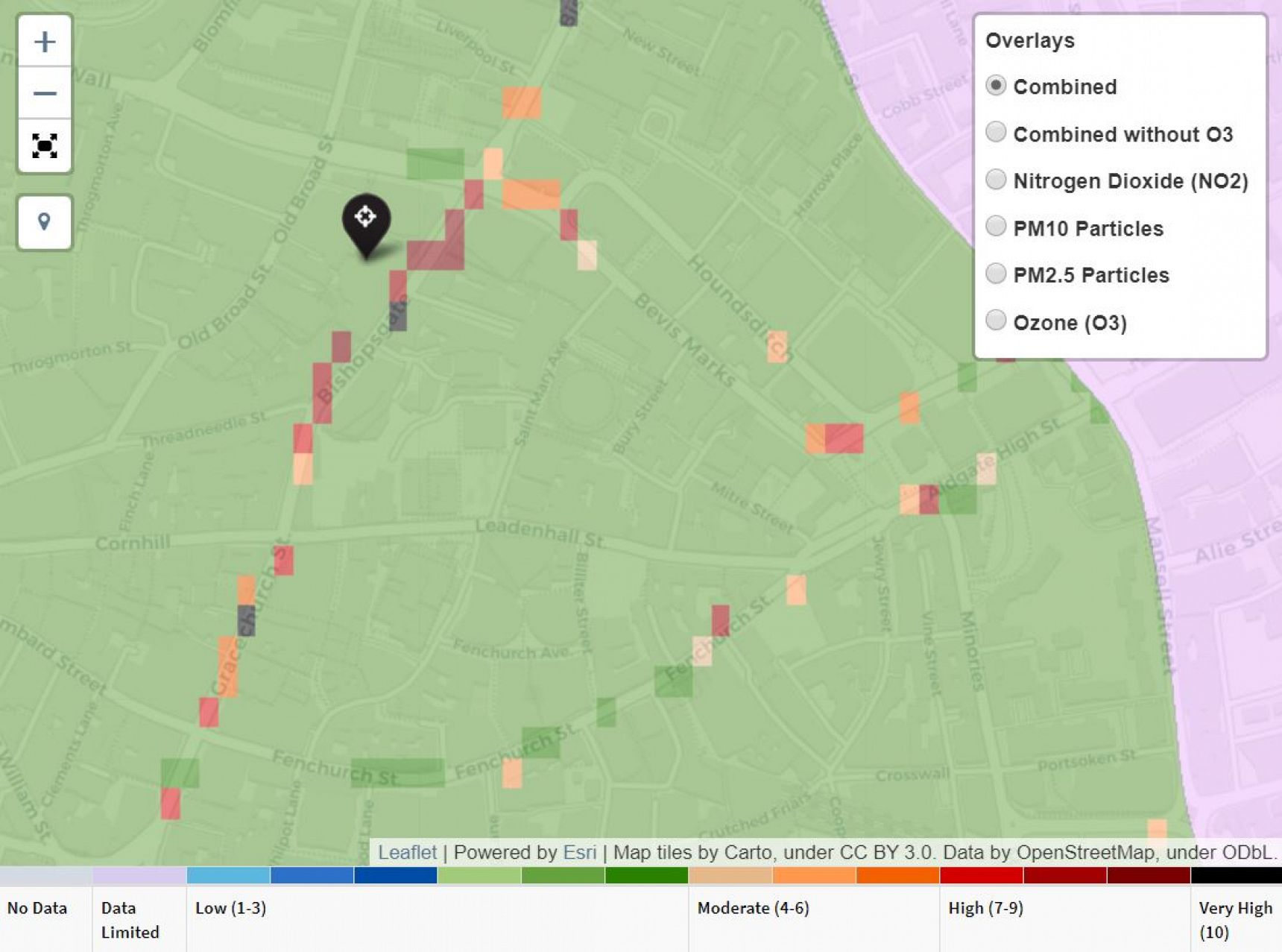
At HTS, we are expanding our civil engineering services to include sustainable transport and movement advice covering transport planning, highway and public realm design, and section agreements for construction. In line with our practice ethos, our approach places social and environmental sustainability at its heart, creating healthy, people-centred urban space.
Transportation accounts for the UK’s highest carbon emissions. In 2020 34% of carbon dioxide emissions were reported from the transport sector, followed by 26% from energy supply, 19% from the residential sector and 18% from business. In 2008, the UK became the first country in the world to legally commit to carbon reduction by passing the Climate Emergency Act in parliament, making it law for the UK to cut GHG emissions by 80% by 2050 (compared to levels in the 1990s). Further yet, every local authority in the UK committed to be Net Zero carbon by 2030. The bar is being set high, and the long-term stakes at risk are probably even higher.
The past year’s disruption during the pandemic has shown across the world the benefits to air quality that travelling less and using more sustainable methods can have. Poor air quality is the largest environmental risk to public health in the UK. Highlighted none more so that with the recent landmark legal case in Lewisham which declared illegal levels of air pollution as having caused the death of a young child. A quick look at the London Air Quality Network shows that most of our streets in London are above or close to illegal levels of air quality.


If we are to meet our Net Zero carbon targets, we need to support large-scale transport and energy infrastructure projects through bettering our personal behavioural choices. The changes we’ve started to see as a result of the pandemic will need to be continued: travelling less and in a more sustainable way. This all starts with increasing our sustainable choices; how we travel to work or take kids to school; how we build our towns, cities, homes and offices to influence and accommodate healthier travel modes.
Thankfully, much of the national and regional policy and construction industry standards such as LETI and ICE Embodied Carbon standards are now setting higher standards. Often working with developers and architects, HTS can provide transport and movement advice and designs which ensure new places are facilitating and encouraging low carbon travel routes, and sustainable travel behaviour. And it starts with taking a human approach to access and movement, designing for all ages and abilities and integrating building design with SuDs and landscaping. Some of our considerations when designing for sustainable transport include:
Everyone benefits from sustainable transportation because it means that we’re keeping our air and cities cleaner through alternative transport choices, encouraging activity in our day to day life and reducing our carbon footprint.
If you would like to discuss services in relation to sustainable transport or movement, please get in touch through: mail@hts.uk.com